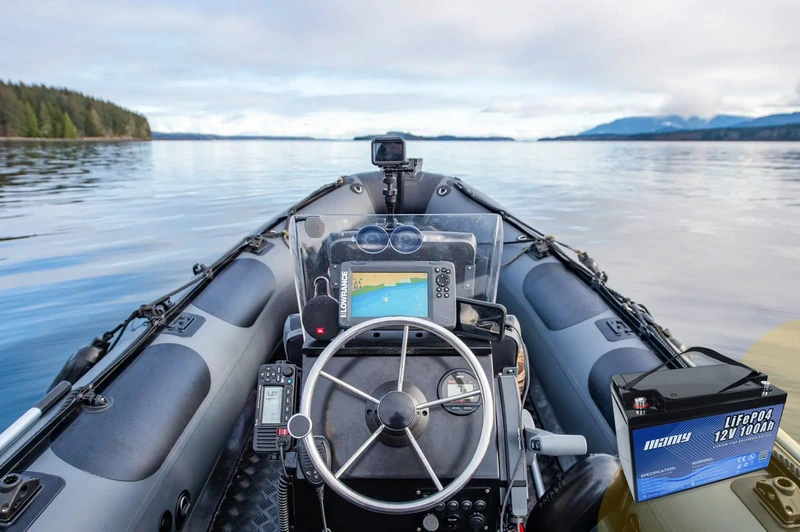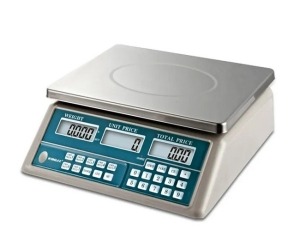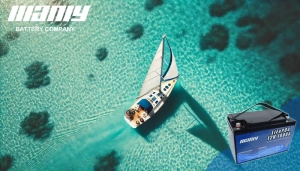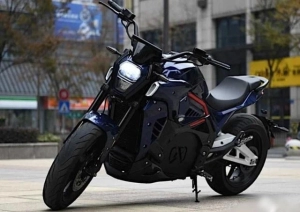Quelle batterie pour alimenter les accessoires sur un bateau
Table des matières
- Quelle batterie pour alimenter les accessoires sur un bateau
- Par où commencer avec la sélection de la batterie
- Comprendre les différents types de batteries marines
- Guide des tailles de batterie de bateau
- Règles clés pour l’entretien des batteries marines
- How to Replace Your Boat's Battery
- Charger une batterie marine
- Conseils pour éviter les problèmes de batterie
- Problèmes électriques courants sur les bateaux
- Comment prévenir les problèmes électriques majeurs sur votre bateau
- Résoudre les pannes électriques des bateaux
- Les plus gros problèmes électriques sur les bateaux
- Réflexions finales sur les systèmes électriques marins
- En savoir plus sur la batterie

Par où commencer avec la sélection de la batterie
When you're deciding on the right boat battery for your accessories, it’s important to start by considering the power needs of your vessel. Different boats have varying electrical demands, depending on the number and type of accessories you have onboard. For instance, if you have a small fishing boat with minimal electronic equipment, your power requirements will be much lower than those of a larger vessel outfitted with multiple electronic systems.A good place to begin is by checking your boat’s owner's manual. This will often provide recommended marine battery types, sizes, and ratings that are suited to your boat's electrical setup. If your current battery has been functioning well, you may consider sticking with the same type or model. However, if you’ve added new equipment or if your existing battery no longer meets your needs, it might be time to explore other options.For example, if you've upgraded your boat with a more sophisticated electronics package, the power draw might be significantly higher than it was before. In such cases, you’ll want to ensure that your new batterie marine à décharge profondea une capacité nominale en ampères-heure suffisante pour supporter la charge supplémentaire. Ceci est particulièrement important pour les accessoires tels que les moteurs de pêche à la traîne, qui nécessitent une alimentation continue pendant de longues périodes. En cas de doute, consultez un expert maritime pour déterminer la meilleure solution pour votre configuration spécifique.Comprendre les différents types de batteries marines
There are several types of batteries to choose from, depending on your boat's needs. The three most common are starting batteries, deep cycle batteries, and dual-purpose batteries.- Démarrage des batteries: Ceux-ci sont conçus pour fournir une poussée rapide de puissance pour démarrer le moteur de votre bateau. Ils délivrent un courant élevé pendant de courtes durées mais ne sont pas destinés à alimenter des accessoires sur de longues périodes. Une fois le moteur démarré, l'alternateur prend le relais, et la batterie de démarrage n'est plus utilisée.
- Batterie marine à cycle profond: Ce type de batterie est conçu pour fournir un flux constant d’électricité sur de longues périodes. Il est idéal pour alimenter des accessoires tels que des lumières, des systèmes GPS et des moteurs de pêche à la traîne. Contrairement aux batteries de démarrage, les batteries à décharge profonde sont conçues pour être déchargées et rechargées à plusieurs reprises, ce qui les rend parfaites pour faire fonctionner les accessoires des bateaux.
- Piles à double usage: Une batterie à double usage combine les fonctionnalités des batteries de démarrage et des batteries à décharge profonde. Cela signifie que vous pouvez l'utiliser pour démarrer votre moteur et alimenter vos accessoires. Cependant, même si elle permet d'économiser de l'espace et peut constituer un bon choix pour les petits bateaux, elle n'offre généralement pas le même niveau de performances que les batteries dédiées au démarrage ou à décharge profonde.
Guide des tailles de batterie de bateau
Marine batteries come in various sizes, which are often referred to by group numbers like 24, 27, and 31. The group size simply refers to the physical dimensions of the battery, not its power capacity. It’s crucial to choose a battery that fits securely in your boat’s battery compartment.Larger batteries, such as Group 31, tend to have higher capacities and can store more energy, which means they can power your accessories for longer periods. However, the trade-off is that they are bulkier and heavier. Be sure to select a battery that balances your space limitations with your boat’s power requirements.Règles clés pour l’entretien des batteries marines
Maintaining your marine battery is just as important as selecting the right one. Here are some essential rules to keep in mind:- Rechargez après chaque utilisation: Après chaque sortie, rechargez complètement la batterie de votre bateau pour éviter qu'elle ne perde sa capacité dans le temps. Pour les utilisateurs de batteries marines à décharge profonde, cela est particulièrement crucial, car une décharge trop profonde de la batterie peut réduire sa durée de vie.
- Évitez de décharger en dessous de 50 %: Pour les batteries au plomb noyées, ne laissez jamais la charge descendre en dessous de 50 %, car cela pourrait provoquer des dommages irréversibles. D’un autre côté, les batteries marines au lithium peuvent supporter des décharges plus profondes, ce qui en fait une option plus durable à long terme.
- Surveiller l'état de la batterie: Use a battery monitor or an app provided by the manufacturer to keep an eye on your battery's state of charge (SOC), temperature, and other critical parameters. This helps prevent unexpected battery failures while you’re out on the water.
- Choisissez le bon chargeur: Assurez-vous d'utiliser un chargeur qui correspond à la composition chimique et à la capacité de votre batterie. Pourbatteries marines à décharge profonde au lithium, il est souvent nécessaire de passer à un chargeur spécialement conçu pour la technologie lithium afin d'optimiser les performances et la longévité.




















